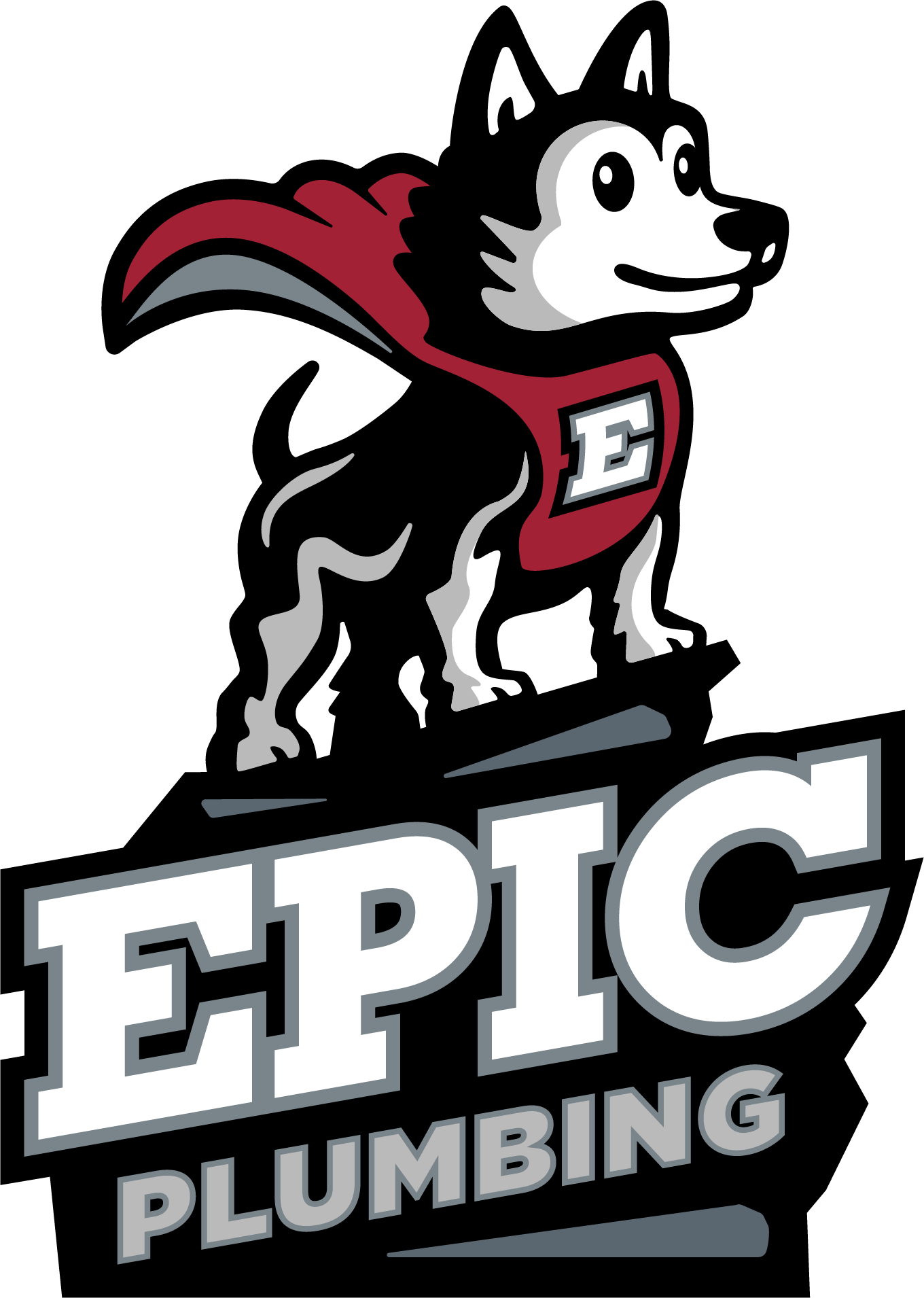DRAIN CLEANING 101: HYDRO JETTING VS. SNAKING
What is the Difference Between Hydro Jetting vs. Snaking?
Hydro jetting and snaking are both effective methods for removing stubborn clogs. Hydro jetting is a more powerful method that involves the use of a highly-pressurized water stream to remove clogs such as tree roots, silt, and other mineral build-ups. Snaking is better for everyday clogs such as hair, grease, and other typical drain blockages.
What Is Hydro Jetting?
Hydro jetting, as the name suggests, involves blasting water into a pipe to clear it of debris and obstructions. It’s ideal for clogs and blockages of all shapes and sizes and is also a very effective method of removing silt and sand from pipes, as well as mineral buildup and deposits.
This method of drain cleaning requires many specialized tools and professional equipment, including the jet, specialized nozzles and attachments, and video pipe inspection equipment.
Why Hydro Jetting Should Be Left to the Professionals
Along with demanding special equipment, hydro jetting can also be very damaging to pipes. Because the process uses such high water pressure, the jet of water can easily damage pipes that are weak or compromised. As such, hydro jetting is best left to the professionals, who can use video inspection to make sure that pipes will be able to withstand the process.
What’s a Plumbing Snake?
A plumbing snake is aptly named because it’s a long metal cable that snakes and maneuvers around the turns and corners of your plumbing. The purpose of the snake is to find its way to clogs and blockages to remove them.
A home plumbing snake is about 50 feet long. At one end of the cable is an auger, and at the other end is a hand-powered crank. When you have a clog, you insert the auger end into the drain and feed it in until it reaches the clog. The auger then drills its way through the blockage to either break it up or hook into it so that you can pull it out.
Under What Circumstances Do You Use a Plumbing Snake?
Plumbing snakes are most often used on thick or stubborn clogs that cannot be removed with a plunger. There are different types of augurs for toilets and regular drains, and some can even be attached to an electric drill to make the process faster. The only thing a plumbing snake cannot remove is mineral or silt buildup on the walls of pipes.
Clogs, blockages, and slow drains aren't something any homeowner wants to deal with, and with the holidays just around the corner, you'll want to be prepared for the extra strain that guests and family may put on your system. A plumbing snake is a handy tool that you should always keep on hand (along with a plunger) so that you can remove stubborn clogs on your own.



